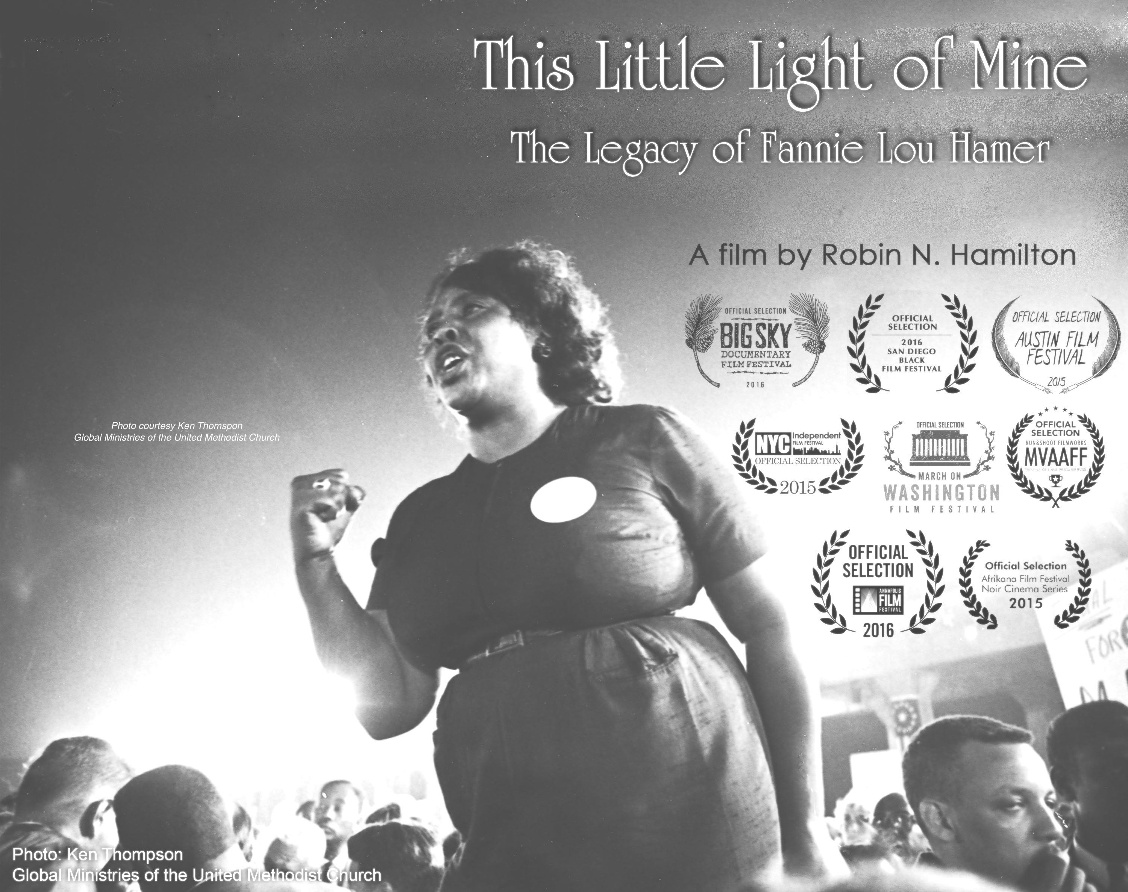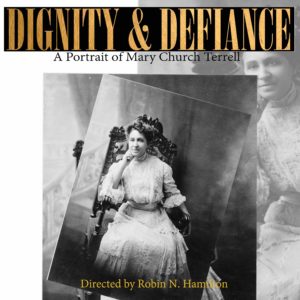Why a Supreme Court Justice Matters – Justice Thurgood Marshall
Thurgood Marshall is best known for his achievements in the courts and for arguing the landmark 1954 case Brown v. Board of Education of Topeka. WHO IS THURGOOD? Thurgood Marshall was an influential figure in American history, particularly known for his significant contributions to the civil rights movement and the legal field. He was born on July 2, 1908, in Baltimore, Maryland, and passed away on January 24, 1993, in Washington, D.C. Marshall graduated from Lincoln University in Pennsylvania in 1930 and then pursued a law degree at Howard University School of Law, where he excelled academically. Throughout his education,



